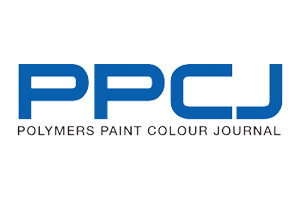
The European Chemicals Agency (ECHA) is rolling out its special assessment system for chemicals products using nanotechnology, including special paints and coatings exploiting the special characteristics of tiny nano-particles.
Working with the European Commission definition of nanomaterials as being particles sized from one nanometre (nm) to 100nm, ECHA specialists are broadening this guidance to "provide clarity on the physico-chemical characteristics of nanomaterials”, said a note from the agency.
It will also use its powers under EU chemical control system REACH to collect data helping it achieve this goal. ECHA promised it would use a "gradual approach” working with companies such as nano-coatings manufacturers towards creating future REACH nano-materials safety assessments.
It is setting up a working group on nanomaterials to provide advice on scientific and technical principles, reporting to relevant ECHA committees. And the agency said it would disseminate best practices collected from companies handling nanomaterials, publishing them by next summer.
At the same time, ECHA is changing its rules to allow third party agents to make internet classification and labelling notifications for groups of chemical manufacturers and/or importers.
This will be allowed through changes to the REACH-IT electronic communications system. Agents will have to also file documents showing that they have the authorisation for making the filings and that the companies they represent remain responsible for any actions or fees demanded by ECHA.
- Meanwhile, the toxicity of paint ingredients could be tested directly on cells of human origin in future, experts have told a European Parliament hearing in Brussels. The European Commission is assessing creating a European branch of the Human Toxome Project, mirroring work developed in the USA.
Its studies would make laboratory assessments of chemical toxicity on human beings more effective by mapping cell types, toxicant classes and hazards to pathways of toxicity, said Professor Thomas Hartung, director of the US-based Center for Alternatives to Animal Testing. He said later: "The goal is to develop a public database for such pathways to enable scientific collaboration and exchange.”
This comes as European environmental and labour groups and consultancies launched an online tool where companies can share and find substitutes to potentially harmful chemicals they would rather not use. Subsport (www.subsport.eu) contains case studies on successful substitution efforts.
Endocrine additives
The European Environment Agency (EEA) has released a report on a review of scientific literature on the risks posed by endocrine disrupting chemicals, used as paint ingredients and additives. The study concluded they may be "a contributing factor behind the significant increases in cancers, diabetes and obesity, falling fertility and an increased number of neurological development problems in both humans and animals…”




